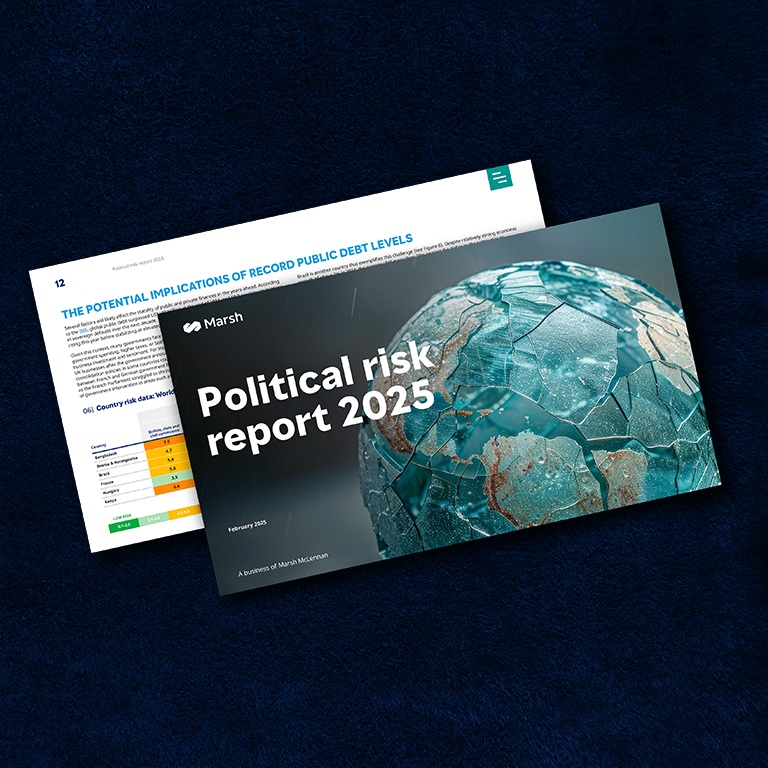
Harry Doyne Ditmas
-
South Africa
The vulnerability of European energy systems has been exposed in recent years, prompting countries to revise their energy strategies. With winter soon approaching, price spikes may return when demand peaks. Strategic use of insurance risk capital can help clients limit their market exposure during times of unpredictability and high mark-to-market (MtM) exposure.
Since the beginning of the Russia-Ukraine conflict, Russia has substantially reduced its gas exports to European countries and halted supply through the Nord Stream 1 gas pipeline. Prior to the conflict, Russia had accounted for 39.3% of EU gas imports. Consequently, European gas and power markets, already experiencing a degree of volatility, suffered a market shock as traders struggled to meet demand due to impacted supply and European gas prices surged.
The Dutch Title Transfer Facility (TTF) index — the main proxy for the gas import market — traded at around €30 per megawatt-hour (MWh) before the Russia-Ukraine crisis. However, shortly after the conflict began, gas traded at €346/MWh — an increase of over 1000%. Gas prices peaked in September 2022 and have since steadily decreased as alternative suppliers, notably from the US and Qatar, have filled the shortfall left by Nord Stream 1 pipeline’s shutdown.
Elevated wholesale gas prices have seen some suppliers, traders, and power generation companies become more profitable. It has also led to a sharp rise in consumer energy bills. European governments have subsequently enacted measures to mitigate the impact of higher energy prices on households and businesses, such as energy price caps and cash support.
Despite some traders and producers benefitting fiscally from higher margins, internal counterparty limits have — in some cases — restricted the ability of traders and generators to trade the volumes they would like. This restriction follows an aggregation of counterparty exposures under both over-the-counter (OTC) and exchange-based contracts creating substantial balance sheet exposures. The limitations on trade are partly due to increased MtM exposures — effectively representing the delta between contracted fixed prices and current market prices. This has caused problems for suppliers and power generators, leading to requests for additional security and or credit support from their counterparties to manage their exposure and support continued supply. Often, such additional collateral is sensitive or costly for the counterparty to provide, making it a commercially unfavorable option.
Record-high summer temperatures across Europe in 2023 have increased gas demand in several countries, such as Italy. However, as the heat waves ease, gas demand across Europe is expected to decrease. European storage sites are at 84% capacity approximately, with Germany's storage at 86%. Despite the surplus, Europe’s increased need for liquefied natural gas (LNG) could face competition with Asia. Additionally, planned maintenance at major gas facilities in Norway and Russia may also curb supply.
To build more resilience in the UK’s energy supplies, in October 2022, the UK government announced further investment to scale up capacity in the Rough gas storage facility. Expansion at the site saw capacity boosted from 30 to 54 billion cubic feet (BCF) of gas. However, despite this expansion, the UK still has some of the lowest levels of gas storage in Europe at 12 days average, compared to Germany at 89 days, France at 103 days, and the Netherlands at 123 days.
Among other factors, Europe’s gas demand for winter 2023 will depend on weather conditions and the supply required by China. If demand is high, prices could rise significantly across Europe; although rates reaching September 2022 levels remain unlikely. Nevertheless, while current TTF gas pricing is comparable to prior years, the market is susceptible to significant volatility that requires adequate preparation.
Adept insurance risk capital allocation is critical to all organisations. Securing comprehensive non-payment insurance (NPI) is an attractive credit risk solution. NPI policies can be deployed as an alternative to traditional forms of security (such as bank letters of credit (LoC) or cash), to support contractual collateral requirements and manage counterparty exposure. NPI can help reduce risk by helping clients trade through periods of volatility while managing downside positions stemming from a counterparty default. Close coordination between trading, credit, and insurance teams is vitally important when structuring and implementing such solutions to ensure client’s requirements are met.
It’s important that organisations across the power generation value chain manage their elevated counterparty exposures. Marsh works closely with clients in this area to help with insurance risk capital allocation during periods of volatility and high MtM exposure.
To find out more, please contact your Marsh representative.

South Africa

United Kingdom

Report,Featured insight
24/02/2025